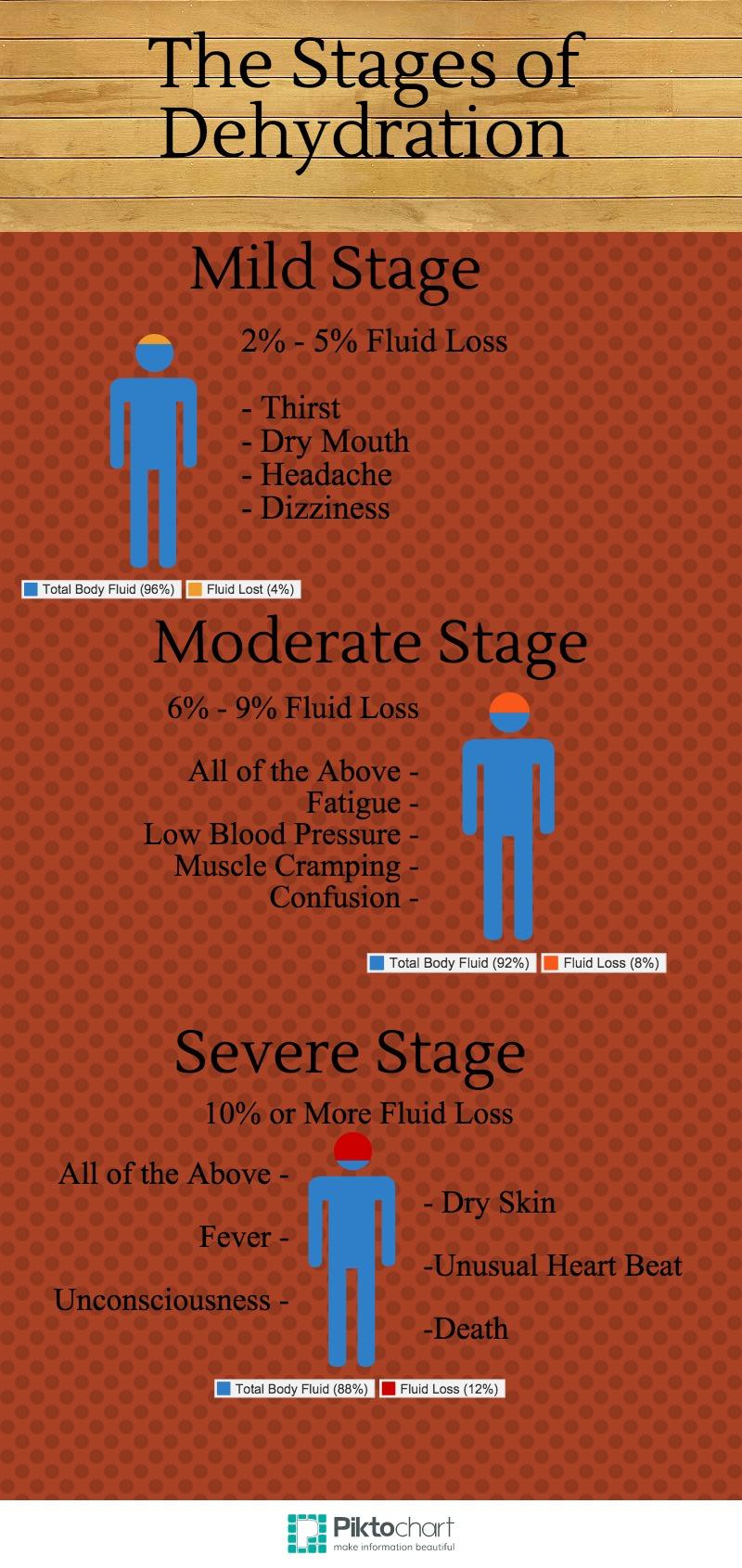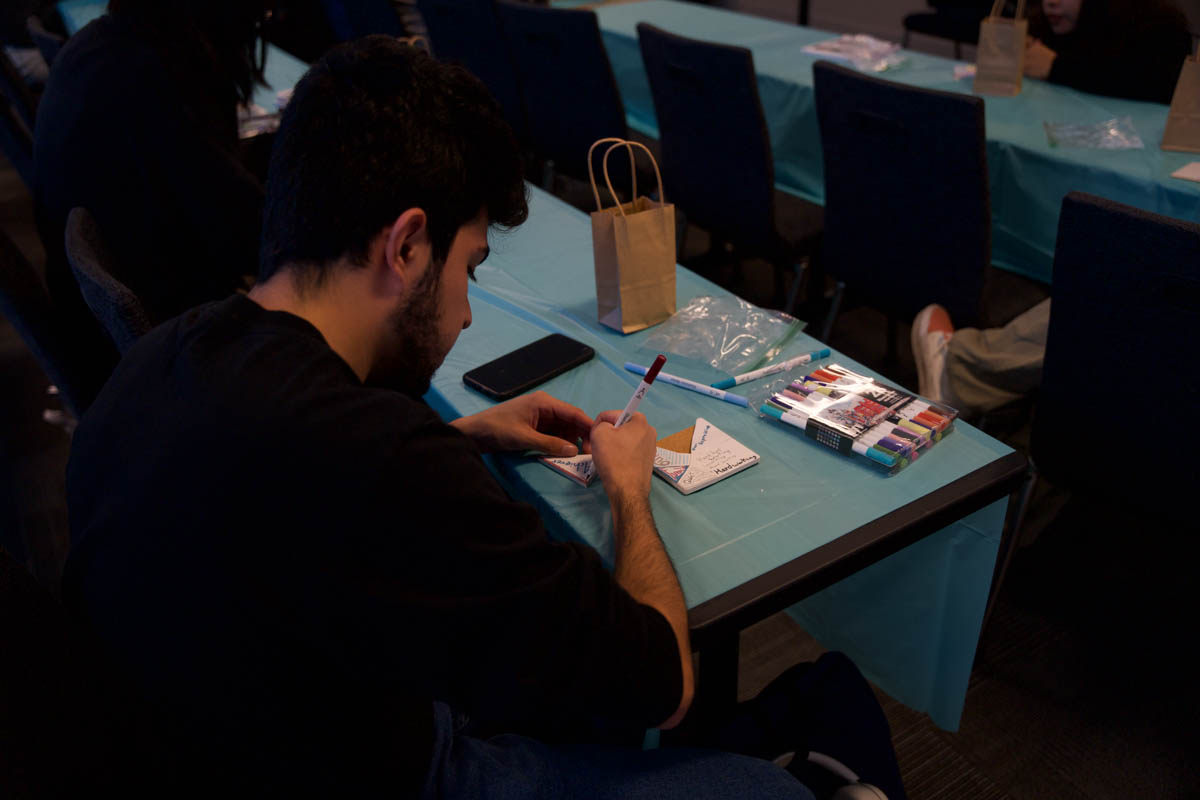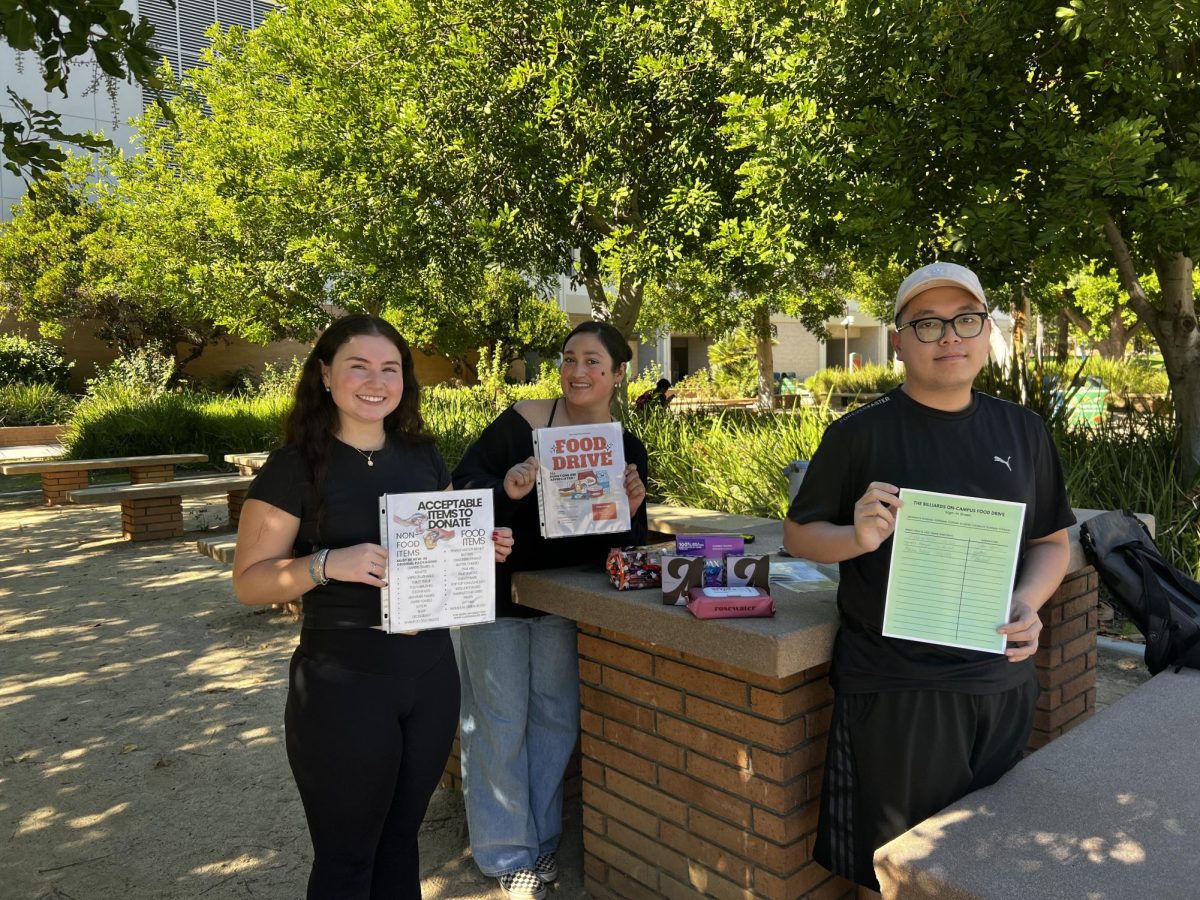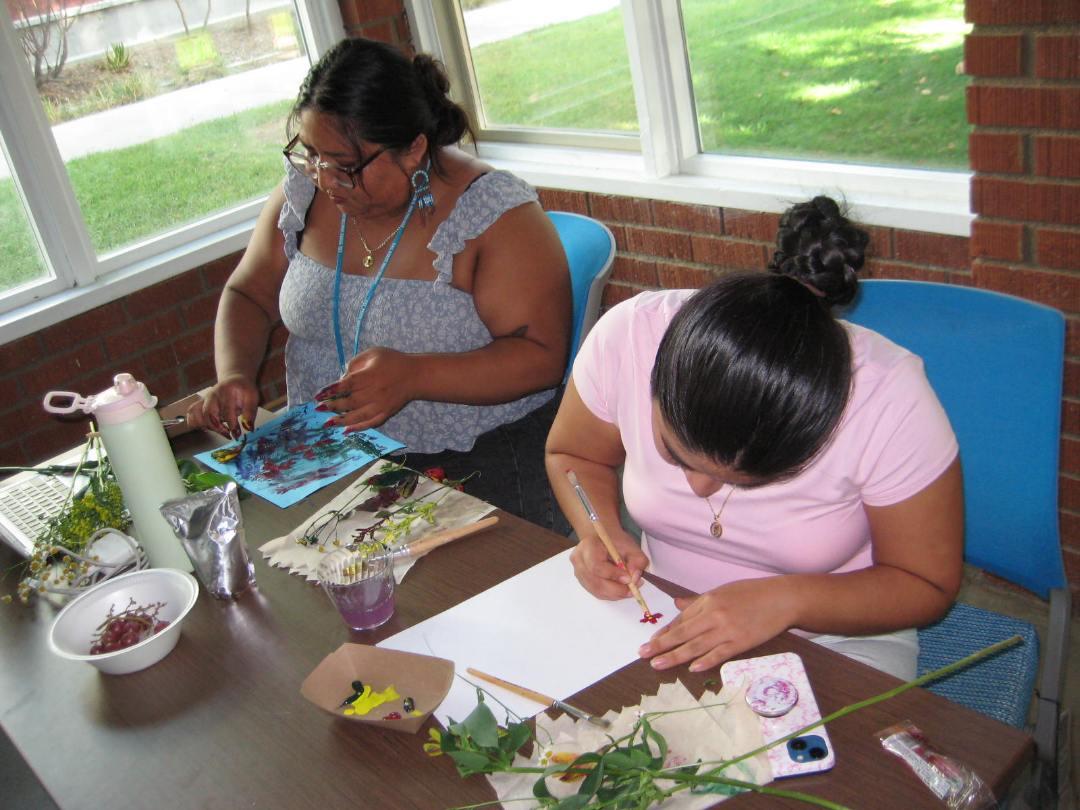Armando Villa’s autopsy reveals the Zeta Mu pledge was reported to have a temperature of 108.8 shortly before his death.
The 19-year-old CSUN student was found unresponsive in a ditch after he had separated from his pledge group during an initiation hike through the Angeles National Forest on July 1. When paramedics arrived on scene, Villa appeared to be in cardiac distress.
Advanced cardiac life support measures were provided and Villa was transported by helicopter to the emergency room at Holy Cross Medical Center in Mission Hills.
Despite resuscitative measures, Villa was pronounced dead at 6:04 p.m.
Villa’s death was due to “hyperthermia with dehydration,” according to the Los Angeles County Department of Coroner.
“Essentially that’s heat stroke,” said Dr. Ryan Stanton, spokesman for the American College of Emergency Physicians and emergency room physician in Lexington, Ky. “It’s a combination of too hot and too dry.”
Patients are considered to have heatstroke when their body temperature reaches or exceeds 104, said Dr. Bret Nicks, spokesperson for the American College of Emergency Physicians.
After Villa was transported to the hospital he was recorded to have a temperature of 108.8.
“It is very unlikely for someone to have a temperature of 108.8 and be able to survive,” said Dr. Nicks. “And if they were somehow able to survive its unlikely they wouldn’t suffer a neurological injury.”
When paramedics reached Villa at approximately 5:26 p.m. he was reported to be unresponsive, in cardiac arrest and severely dehydrated.
According to the Mayo Clinic, dehydration occurs when you use or lose more fluid than you take in, and your body doesn’t have enough water and other fluids to carry out its normal functions. Not drinking enough water during exercise or in hot weather, even if you’re not exercising, also may cause dehydration.
The report states that Villa, along with eight other pledges, were on an “initiation hike,” and although they brought water, all of it had been consumed.
“While the amount of water an individual needs varies between age, medical conditions and what you’re doing, you should be drinking water before any physical activities and continue to drink about 8oz every hour,” said Dr. Stanton.
The report also reports abrasions and superficial scratches to the torso and a second-degree burn on his back.
While the report does not mention the presence or lack of shoes, it does state there were second-degree burns and blisters to the bottom of his feet.
“Burns are actually a very common cause of dehydration,” said Dr. Stanton. “It causes the skin to lose its ability to maintain water.”
Included in the report was a telephone interview with the decedent’s stepfather, Joseph Serrato, in it, he stated that Villa was not known to have medical problems or known to be taking an prescription medications.
The toxicology report stated Villa was negative on both drugs and alcohol.
Serrato also states hiking and camping were a common hobby for Villa and he was described as a physically active individual.
The report went on to say that Villa’s “manner of death is accident.”
“It’s unfortunate, but did people know by leaving him out there would cause him to die? We ruled it as an accident,” said Ed Winter, assistant chief coroner investigator. “The district attorney would be the one to file any criminal charges – it’s a matter of the courts to decide if the intention was to kill the student”
There were no reported traumatic injuries on Villa’s body and no indications of foul play, according to the report.
The case was initially reported as a homicide by the hospital, however the report changed it to “accident versus homicide” due to the ongoing investigation of Villas death possibly being related to a hazing incident.











